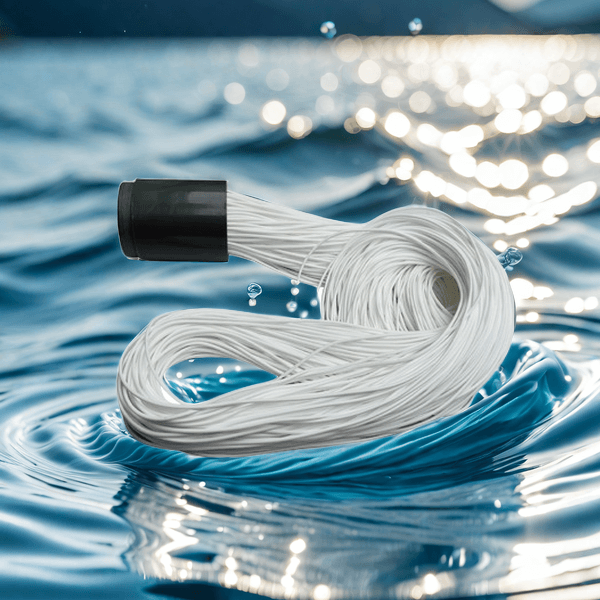What are the high-salinity wastewater treatment processes?
Treatment of high-salinity wastewater is a challenging task because high salt concentrations increase the complexity of wastewater treatment. The following are some common processes for treating high-salinity wastewater:
1. Evaporation and crystallization: By heating and evaporating high-salinity wastewater, and then crystallizing salts, water and salts are separated.
2. Reverse osmosis: Using reverse osmosis membrane filtration technology, water is separated from salts by high pressure to achieve the effect of removing salts.
3. Electrodialysis: Using the principle of ion selective dialysis under the action of an electric field, salt ions and water are separated through a semipermeable membrane.

4. Ion exchange: Using ion exchange resins or other adsorption media to remove salt ions from wastewater.
5. Crystallization: By adjusting the chemical conditions of the wastewater, salts are precipitated and crystallized in the solution, and then solid-liquid separation is performed.
6. Biological treatment: Using biological resources such as salt-tolerant bacteria or halophytes, specific high-salinity wastewater is subjected to biodegradation treatment.
The above treatment processes usually need to be selected and combined according to the specific salt composition, concentration and treatment requirements to achieve the purpose of efficiently treating high-salinity wastewater. At the same time, these processes also need to consider comprehensive considerations such as energy consumption, cost and environmental protection.
